
This is week two of our eight-part series, Preparing for the Holidays When Caring for Someone with Dementia. Each week, we explore real-life ways to simplify the season, stay connected, and find more peace in the process.
The holidays can stir up a mix of emotions: nostalgia, excitement, and sometimes guilt or grief. Add the daily realities of dementia care, and it can quickly shift from “special” to “stressful.” But with a few small changes, you can create a calmer, safer environment that feels joyful for both of you.
Creating calm doesn’t mean giving up celebration. It means shaping the environment to support the person you care for, and that includes you too.
1. Keep the schedule steady
Routine helps people with dementia feel grounded. Try to stick with familiar meal and sleep times, even when festivities are happening. You can still celebrate. Just plan those special moments around the person’s best time of day.
Caregiver tip: If evenings are harder, move gift exchanges or visits earlier in the day. Shorter gatherings are often better than long ones.
2. Simplify decorations
Bright lights, cluttered spaces, or too many changes can be disorienting. Choose decorations that are meaningful but simple. Use soft lighting instead of blinking lights, and avoid strong scents from candles or potpourri.
If the person you care for has vision changes or depth perception issues, avoid high-contrast colors or patterned rugs. Even something like a red and green tablecloth can look confusing or distorted to the brain.
Caregiver tip: Keep pathways clear and furniture in its usual place to prevent falls or confusion.
3. Pay attention to the sensory environment
The holidays are a full-on sensory experience. The smell of pine, the hum of conversation, flashing lights, crowded spaces, it can be a lot for anyone, but especially for someone with dementia.
People living with dementia often experience changes in how their brain processes sound, light, and touch. What used to feel festive can suddenly feel overwhelming or even frightening.
Here’s how to simplify each sense:
Sight:
Choose warm, consistent lighting. Skip the strobe lights and flashing decorations. Try battery-powered candles or soft twinkle lights for a cozy glow.
Sound:
Keep background noise minimal. If you love music, pick slower, familiar songs and play them at a lower volume. Turn off the TV when people are talking. It helps the person you care for focus and stay calm.
Smell:
Holiday scents can trigger memories, but too much fragrance can also cause confusion or nausea. Use natural smells like baking cookies or simmering cinnamon sticks instead of strong artificial sprays.
Touch:
Some fabrics or clothing textures can be irritating. Offer comfortable clothes and soft blankets. Avoid itchy sweaters or restrictive outfits just for the sake of looking “festive.”
Taste:
Familiar foods bring comfort. If there are swallowing difficulties or changes in appetite, adapt the meal with soft textures, smaller bites, and finger foods.
Caregiver tip: Think of the environment as a living thing that needs balance. Too much stimulation or too little can cause distress. Aim for “just enough” to feel pleasant and engaging.
4. Turn down the noise
Holiday music and conversation can quickly blend into chaos. Too much background noise can make it hard for a person with dementia to follow what’s happening and can increase agitation.
Try one sound at a time. Music during breakfast, quiet conversation during meals, or a calm environment when resting.
Caregiver tip: If the house gets busy, have a calm room ready where the person you care for can rest or enjoy quiet time.
5. Choose comfort over perfection
The holidays do not have to look like they used to. What matters most is comfort and connection, not the number of cookies baked or gifts wrapped. Let go of the pressure to recreate the past.
It’s okay if the tree goes up later than usual or if you decide to skip a few traditions. Focus on what still brings joy and peace instead of what feels forced or draining.
Caregiver tip: Focus on what feels good now. Soft music, warm blankets, or looking at old photos together.
6. Prepare for guests
Visitors often mean well but might not understand dementia. Before they arrive, share a few tips about how to connect in a positive way.
For example:
- Use the person’s name and speak slowly.
- Avoid correcting or quizzing them.
- Join their reality rather than challenging it.
You can even post a friendly “Welcome Note” on the fridge that explains what helps. It could say something like:
“Our home is a calm space. Please keep voices gentle and avoid sudden movements. Simple conversations and smiles go a long way.”
Caregiver tip: Print or text a quick note to guests explaining how best to help the visit go smoothly.
7. Create emotional safety
Emotional safety is just as important as physical safety. People with dementia can sense stress and tension even if they can’t follow the words being said. They often “feel first, think second.”
That means your tone, facial expression, and pace matter more than the details of what you say.
When things start to feel tense, slow everything down: your movements, your voice, your expectations. A calm, warm presence can ease anxiety faster than any words.
Try this when emotions run high:
- Step close, make gentle eye contact, and speak softly.
- Validate what the person feels, even if it doesn’t make sense logically.
- Offer reassurance: “You’re safe,” or “I’m here with you.”
- If emotions rise, redirect with comfort: music, a snack, or a familiar object.
Caregiver tip: You don’t need to fix every moment. Just being calm and kind is enough.
8. Expect changes in behavior
Even small changes can feel overwhelming for someone living with dementia. They may become more restless, quiet, or emotional. That’s normal.
When that happens, take a break together. Step outside, listen to calming music, or share a quiet activity like folding napkins or looking through a photo album.
Caregiver tip: Your calm presence is more important than any activity or plan.
9. Build in rest breaks
Both you and the person you care for need downtime. Plan for rest between activities or gatherings. A short nap, quiet time with a pet, or sitting by a window can help recharge your energy and prevent meltdowns.
Caregiver tip: Make rest part of the plan, not an afterthought. Write it right into your holiday schedule.
10. Take care of yourself
The season can pull caregivers in many directions. Give yourself permission to rest. Say no when you need to. Ask for help when it’s offered. You can’t pour from an empty cup, and your wellbeing directly affects the calm in your home.
Try to keep small self-care rituals: your morning coffee, an evening walk, journaling, or a few deep breaths before bed.
Caregiver tip: Schedule your own reset moments: ten quiet minutes with coffee, a short walk, or an early bedtime.
11. When things don’t go as planned
Even with preparation, some days will still feel off. Try to release the idea of a “perfect holiday.” What makes the holidays meaningful isn’t what you do. It’s who you’re with and how you show up for them.
Every quiet smile, shared laugh, or simple moment counts.
Caregiver tip: When something doesn’t go the way you hoped, pause and ask yourself, “What matters most right now?” Then start again from there.
Caregiver Reflection
As you move through the holiday season, try pausing for a few quiet moments each day to check in with yourself. These prompts can help:
- What moments felt calm or joyful today?
- What small things seemed to help the person I care for feel safe?
- Where did I feel tension, and what might help me release it tomorrow?
- What expectations can I let go of to make space for peace?
There’s no perfect way to do this. Every home, every stage, and every person is different. You’re doing your best in real time, and that’s enough.
Wrap-up
You’re doing one of the hardest and most important jobs there is. Creating a safe, calm environment isn’t about doing everything. It’s about doing what matters most.
If you missed Week 1, you can catch up on Redefining Holiday Joy: Setting Realistic Expectations for Dementia Caregiving.
And don’t forget to grab your FREE Holiday Caregiver Checklist, a simple guide to help you stay organized and at peace through the season
Want to keep figuring this out together?
Subscribe to Finding Our Way in Dementia Care and get honest stories, helpful tips, and gentle support delivered to your inbox every week. Just real talk, grounded care, and space to breathe.
Subscribe to Finding Our Way in Dementia Care and get honest stories, helpful tips, and gentle support delivered to your inbox every week. Just real talk, grounded care, and space to breathe.
Kind truth. Clear steps. Warm guide.


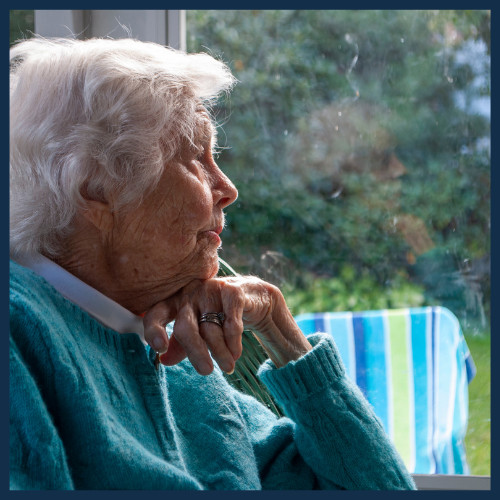


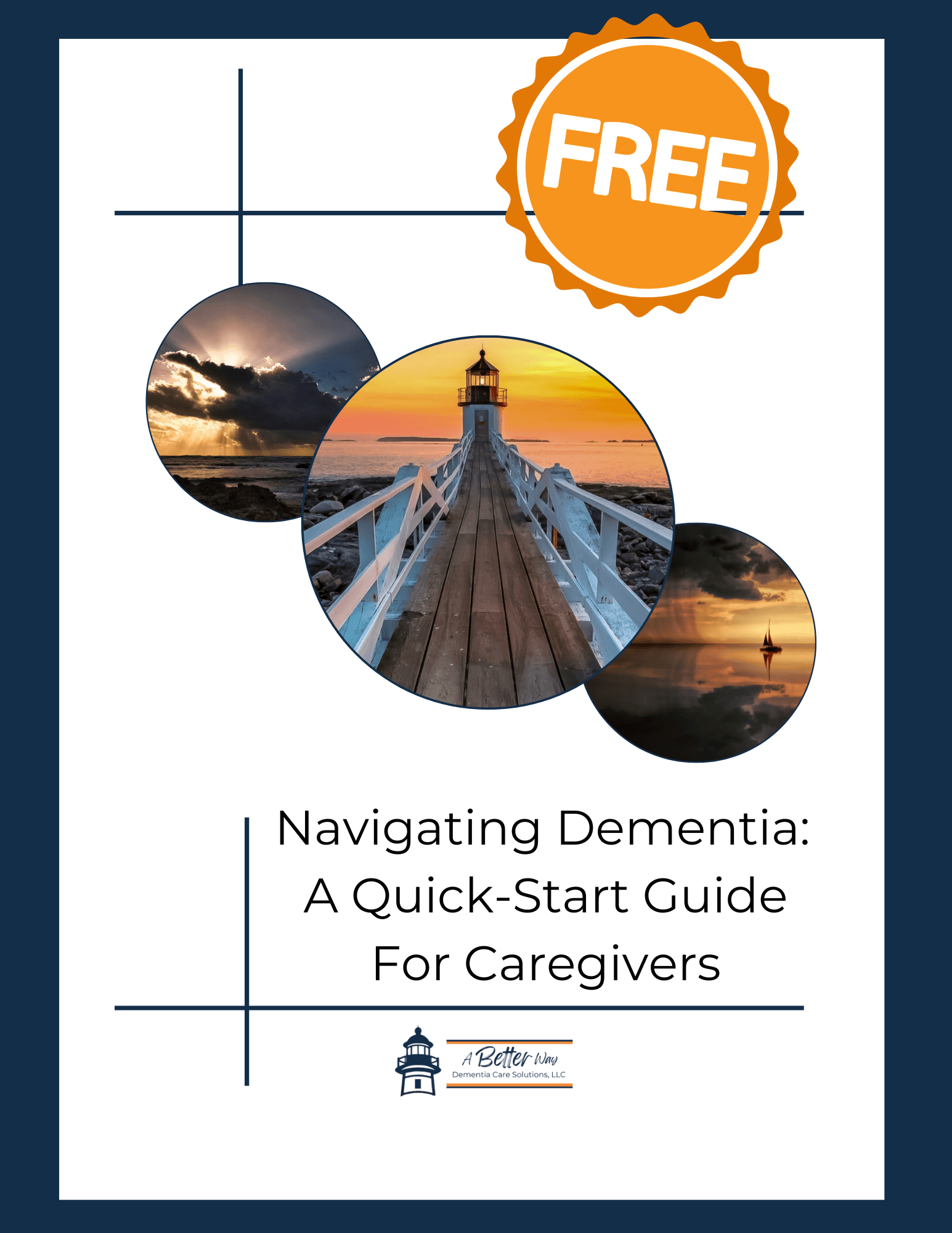

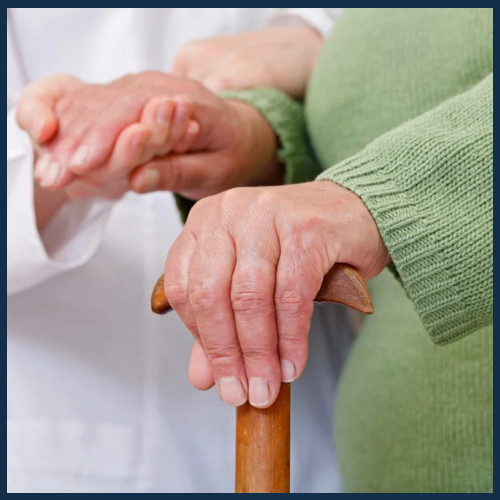


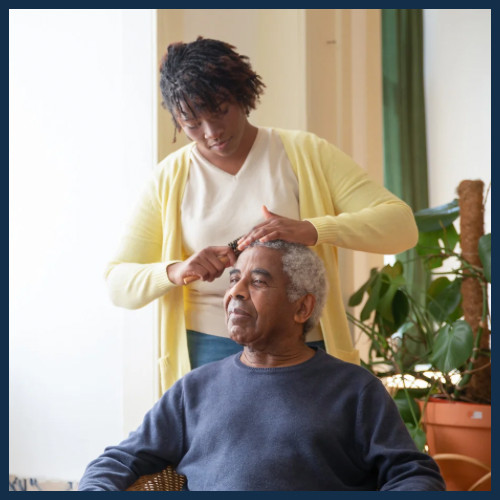



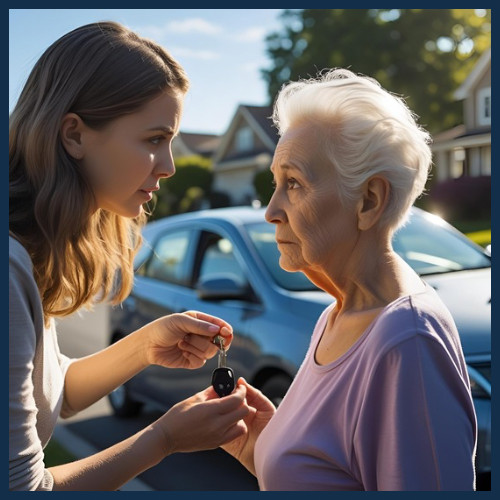

0 Comments